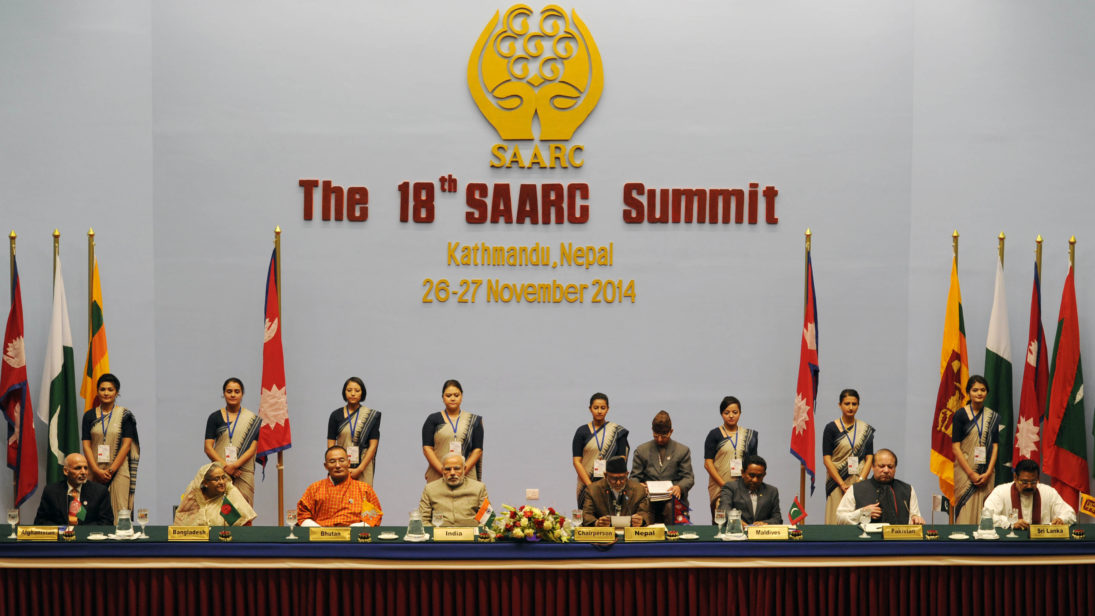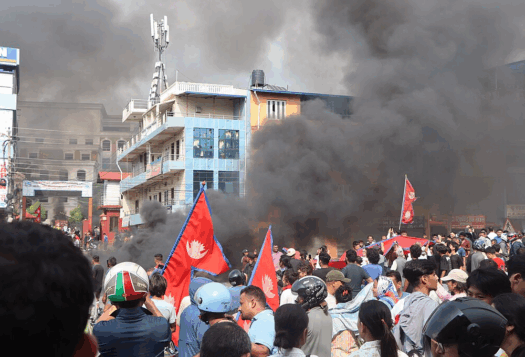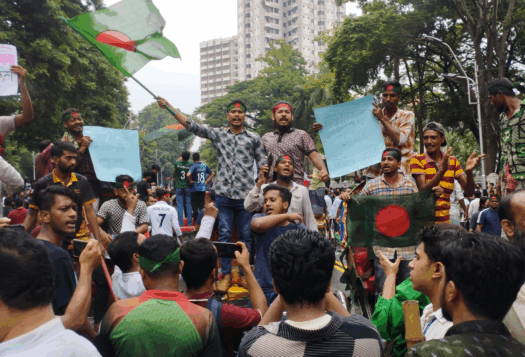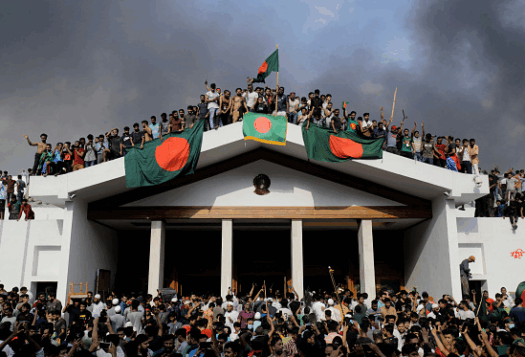
The South Asian Association for Regional Cooperation (SAARC) was established in 1985 with the aim to address issues pertaining to poverty alleviation, education, economic integration, and reduction of political tensions. However, SAARC has accomplished little in its three decades of existence. Poverty, poor educational standards, and sub-standard healthcare remain the norm for millions of South Asians. Furthermore, economic integration remains extremely limited. For example, intraregional trade as a share of total South Asian trade only rose one percent between 1980 and 2005 while intraregional trade in East Asia rose five percent in the same time period. Thus, it is important to determine the economic potential of South Asia and devise ways to encourage economic integration.
Economic Potential
SAARC countries comprise almost one quarter of the world’s population and roughly four percent of global gross domestic product (GDP). However, low regional economic integration and cooperation, even with the South Asia Free Trade Agreement (SAFTA), suggest that this figure certainly has room for improvement. India and Pakistan account for 90 percent of South Asian GDP and 85 percent population, but the current trade volume between the two countries is less than $3 billion (USD). To put this into perspective, Pakistan’s bilateral trade with Saudi Arabia is $6 billion and $9 billion with the United Arab Emirates, states much smaller and further away from Pakistan than India. Furthermore, high individual economic growth rates among SAARC members further outline the potential benefits of economic cooperation. India’s economy, growing more rapidly than any other major global economy, will grow 7.6 percent in 2016. Pakistan is also progressing with 4.5 percent annual growth despite having numerous domestic issues including energy shortages, political instability, and a large volume of terrorist attacks. Sri Lanka and Bangladesh are also growing, with an estimated 5.3 percent and 6.7 percent growth respectively in 2016. All of these indicators hint at the potential of additional growth through economic integration in the region. This does not even include smaller SAARC members such as Maldives, Bhutan, Nepal, and even Afghanistan, which could serve as further sources of growth. For instance, Nepal and Maldives have promising tourism potential while Afghanistan has large reserves of mineral resources.
How to bring about economic integration?
SAFTA, concluded between SAARC member states in 2004, outlined a framework to promote economic integration and maximize trade within the region. The agreement has not had success in transforming business activities largely because of the hostile nature of the India-Pakistan relationship. For example, Pakistan has still not granted Most Favored Nation (MFN) status to India, and both India and Pakistan maintain a long list of import/export restrictions on each other (1209 Indian items cannot be exported to Pakistan while 614 Pakistani items remain inaccessible to Indian markets). The following steps could help promote effective regional economic integration in South Asia:
- Nepal, Bhutan, and Afghanistan are landlocked states; thus, they are dependent on India and Pakistan for their exports. India and Pakistan should build deeper economic relationships with smaller SAARC states, and facilitate these states in transporting their exports to other markets by using operational ports.
- SAARC members also ought to strengthen transportation to ease logistical and regulatory burdens that limit commerce between them. Securing agreements over land routes is especially critical for India and Pakistan because both have mutual gains in enhancing regional trade. Pakistan could allow India land access to Afghanistan so that India can reach Central Asian markets more easily; in turn, New Delhi could facilitate Pakistani access through India to Bangladesh and other eastern neighbors.
- SAARC members could also establish a SAARC bank, with bigger states like India and Pakistan allocating initial funds. The bank could provide expertise in resolving financial disagreements and establish a common trading mechanism which all SAARC members could utilize. Moreover, the bank could ease the transaction of money across borders with minimum tax penalties and strengthen the confidence of investors. Regrettably, a proposal in 2005 to open Indian banks in Pakistan and Pakistani banks in India, an important step to regional integration, never materialized.
Making South Asia self-sufficient, prosperous, developed, and integrated is a goal that would clearly benefit every SAARC member. However, this demands a resolution to difficult political conflicts throughout the region and a range of confidence-building measures for the foreseeable future. Although politically difficult, Islamabad and New Delhi must compromise on at least some of these issues as soon as possible to ensure a better tomorrow for all SAARC members.
***
Image 1: Indian Ministry of External Affairs, Flickr
Image 2: Anadolu Agency, Getty



